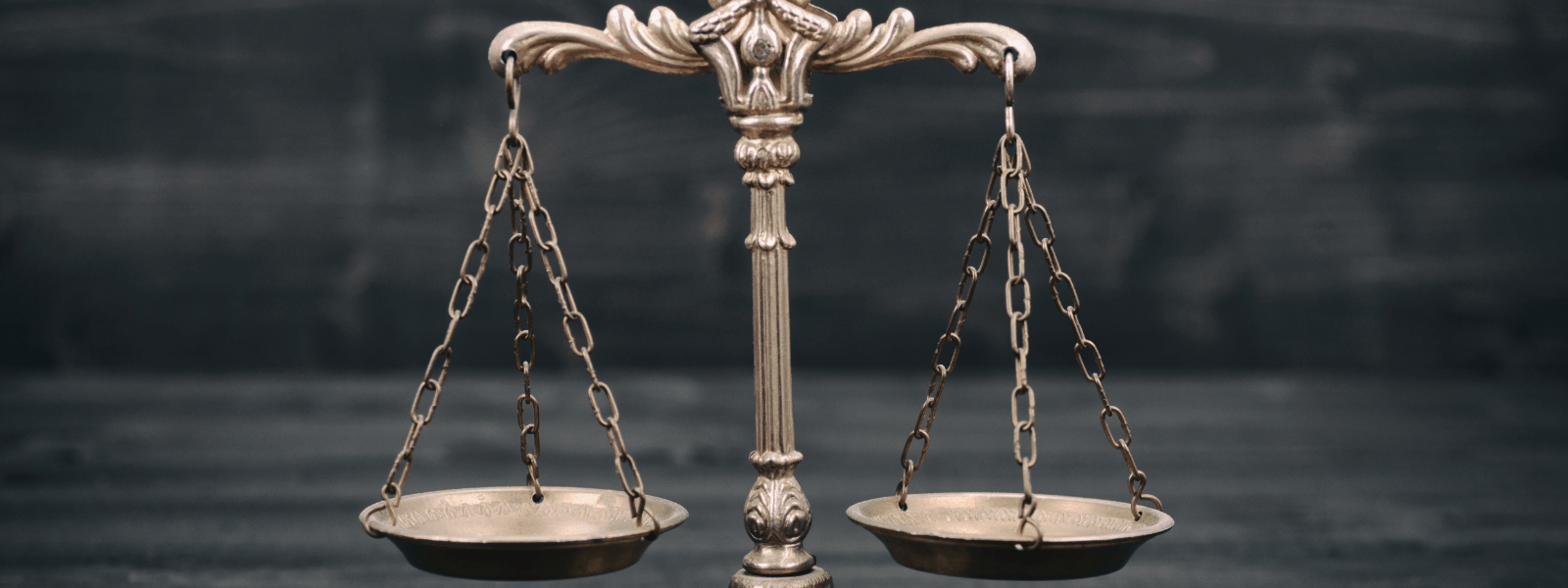The What Why When & How of Trademarks

We see them all the time however unless you run your own business you never really understand their importance. The golden arches of McDonalds, the Larry T bird of Twitter and the swoosh of Nike are all trademarked logos of some of the world’s most renowned and successful businesses. In simpler words, if your business is represented through a word, symbol, phrase or design that is original and unique to your business alone then that is your BRAND, and your brand needs to be registered and protected. This is where trademark and copyright registration comes in.
THE WHAT
Legally speaking, trademark means any ‘mark’ capable of being represented graphically which is capable of distinguishing goods or services of one undertaking from those of other undertakings. What this actually means, in lay man terms, is that any image (read logo) or graphic (read words/signatures) that holds the soul of your brand and is used to distinguish your business/product from those of other traders is essentially your trademark.
When such an image, mark, graphic is repeatedly used by a company it can automatically become a mode of representing your product, company and of course your brand so that anyone who comes across the trademark could immediately associate it with your company. Trademarks are key in establishing brand identity and in turn customer loyalty amongst those who appreciate the products affiliated with your ‘brand’ hence, it is not incorrect to say that if you want to safeguard your brand name – that is the pride of your company, you must register trademark for your name, logo, image, signature and graphics.
PROTECT YOUR BRAND WITH A TRADEMARK
THE WHY
Short of the obvious, that it is legally rational to register your trademark, a trademark can offer your business with many commercial benefits as well. Few of which are listed below:
Identity
There is no denying that trademark – be it in form of a logo, a design, a signature or a graphical name – makes it much easier for your customers to find your business and associate with. Imagine, if McDonalds and Burger King did not have separate logos and signature names how difficult would it be to build brand identity amongst customers and in turn to distinguish between loyalists of both joints. When a customer is able to distinctively identify your trademark they are more likely to understand the value system and the vision attached to your product and therefore, associate with it.
Image
Your trademark is not only a means to identify with your customer base but also to build your company, business and product image – collectively known as the ‘Brand Image’. How trademark assist in this, is by conveying your true essence through a single phrase, image or other forms of graphics. Imagine Nike and its swoop or Lacoste and its crocodile. What does the Lacoste alligator signify for you? One word answer, quality. What does the four rings of Audi represent to you? One word answer, luxury. This is precisely, the power of branding which is not possible without a valid trademark in place.
Protection against Duplication and Copying
At the risk of stating the obvious, trademark definitely protects your brand, and by such extension your company, from being copied by others in the market. Once trademarked, all the products, the brand, the philosophies attached to it – everything automatically belongs to the company and so it becomes virtually impossible for another to duplicate or copy it without coming off as a cheap knock off of the original.
Protection against Misuse by Competitors
Another great advantage of having and registering your trademark is that of building a safety net against the many whimsical tactics of your competitors which otherwise could result drastically for your business.
In the world of today, business’s most priced possession is its proprietary rights otherwise known as its intellectual property (which subsets trademark). Imagine your competitor using your trademark on inappropriate advertising or building a smear campaign or using it on their own products in order to either falsely represent your brand and consequently gain on the market share or to misguide your brand loyalist and cut on your market share. In these given scenarios the bottom line remain the same, your company loses image or business or both. However if your trademark is registered the possibility of such happenings are reduced to a minimum and in the event where it does happen, the owner is protected by law and very well in a position to sue them for their wrongful play as well as stop it immediately. Owing to the gravity of the situation, the infringed party also has option to recover in monetary damages for all the havoc and discomfort created by such a competitor – not just for your company but your brand as well.
Remember None of these Benefits truly help Unless you Register for Trademark
Easy Filing. Maximum Protection.
THE WHEN
In a word, ASAP. As soon as is possible for you, you must prioritize registering your trademark . It is for the simple reason being that you could benefit more from a stress free registered trademark floating in the market on all your advertisings and marketing efforts (thereby building your brand image) than waiting it out for later when your business gets enough traction for it to be considering this ‘added cost’.
Your competitors with better financials than you, wouldn’t wait to dive in and steal your brand if not protected from the get go. With a stolen brand you are at the risk of losing the brand identity and image, howsoever little, that you may have built over the course of time to your shrewd competitor. Hence, the risks attached of not getting trademark registration done from early on are far greater as compared to the budget constraints you may be factoring in during your early stages.
THE HOW
This is a fairly simple process once you have your logo and brand name/signature sorted out. The process generally starts off with applying for a trademark search to ensure whether your desired logo/name/symbol is available for use. Once confirmed, you move on to applying for the desired mark and accordingly wait on the relevant department to present with its objections, if any. Once all objections are cleared, you move forward with the publication of the desired mark in order to invite public objections against stated mark and subsequently resolve those in its entirety. Once all these stages are successfully cleared, your certificate of registration is issued and you become the proud owner of the desired intellectual property.
A simple procedure on the outset however could turn into a laborious process as well as rather complicated when objections are raised at any of the stages detailed above. Hence, it is always advisable to consult and appoint a lawyer to undertake these tasks on your behalf.
If you still have additional questions regarding trademarks, you can ask one of our experts now.

